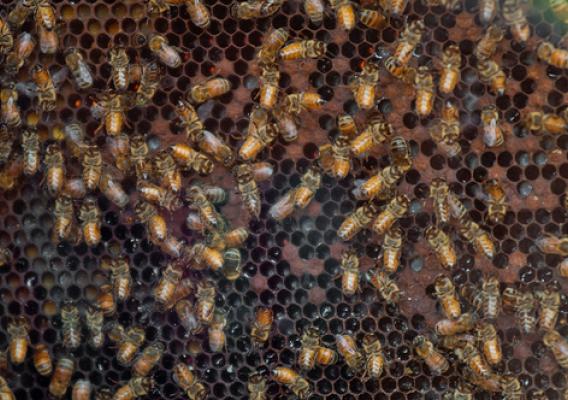At 11:00 am today, Agriculture Deputy Secretary Kathleen Merrigan, will be helping open the 2012 Smithsonian Folklife Festival, hosting visitors from around the world who will come to the Mall in Washington, D.C. for this annual event. The Department of Agriculture (USDA) is the only federal agency lucky enough to be located right on the Mall, and this year we’re also honored to be a part of the Folklife Festival, celebrating our 150-year partnership with the Land Grant University system. “Campus and Community: Public and Land Grant Universities and USDA at 150” is one of the three themes highlighted at the Festival this year.
USDA scientists, agricultural experts and speakers will be partnering with representatives from 29 Land Grant Universities (LGUs) to showcase all the great work we do together to support agricultural production, education and rural communities across America. USDA works hand-in-hand with Land Grant and public universities to put research into action locally, regionally and globally.







